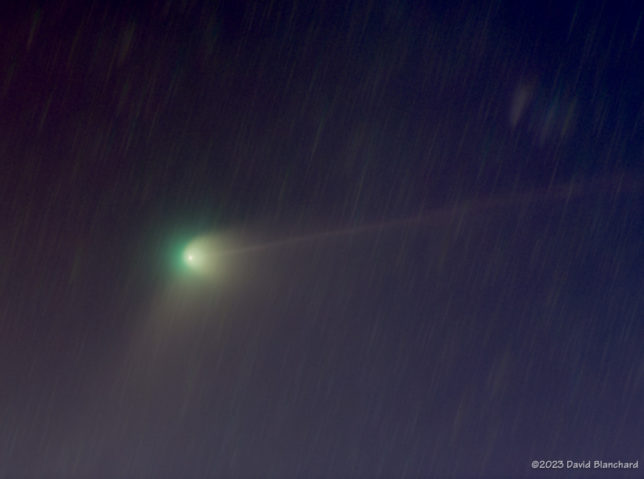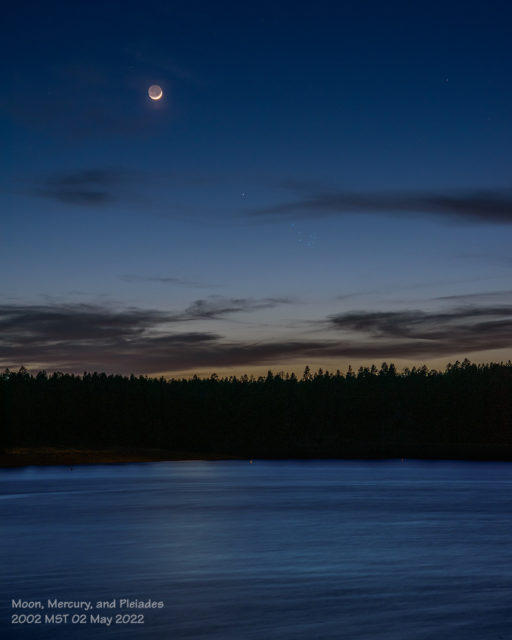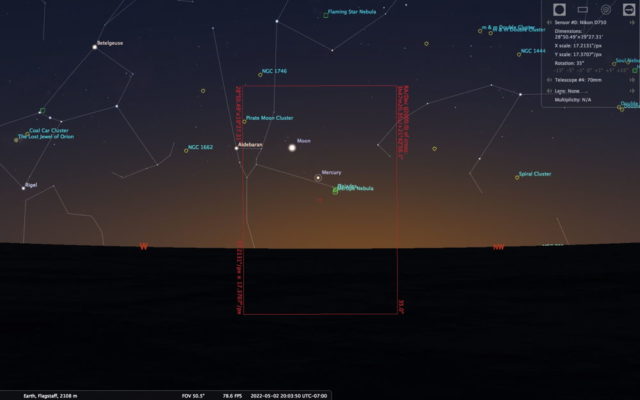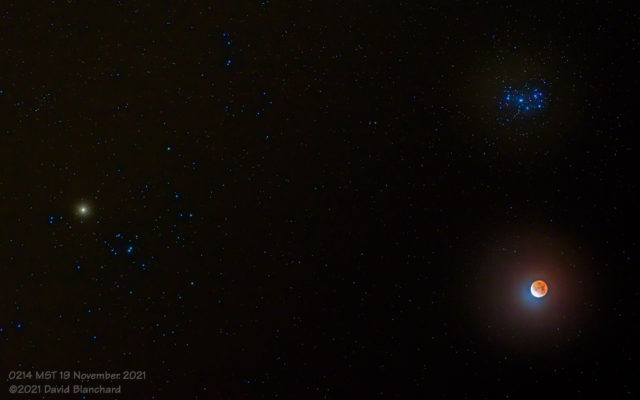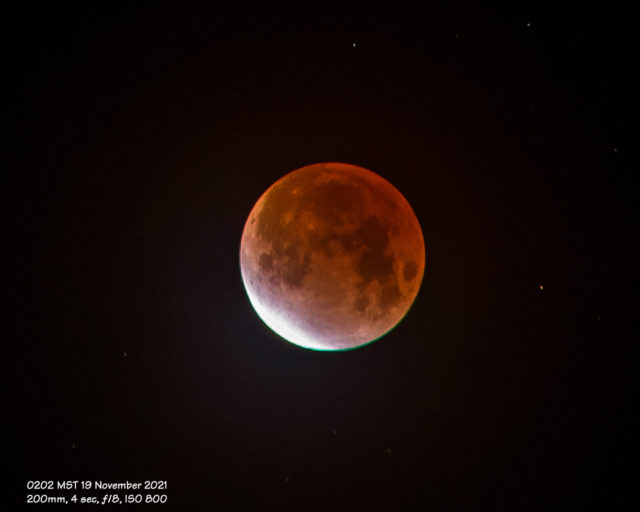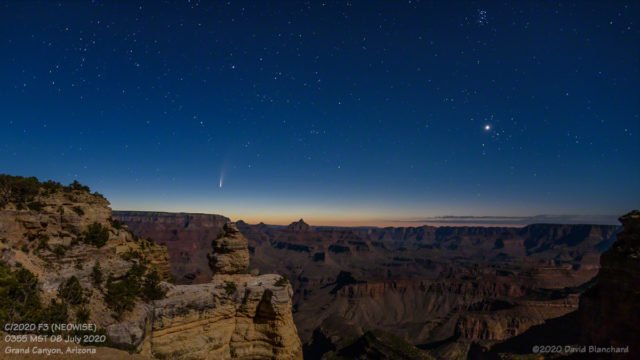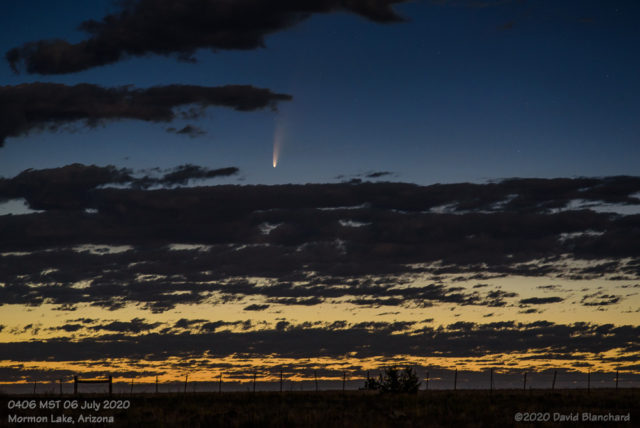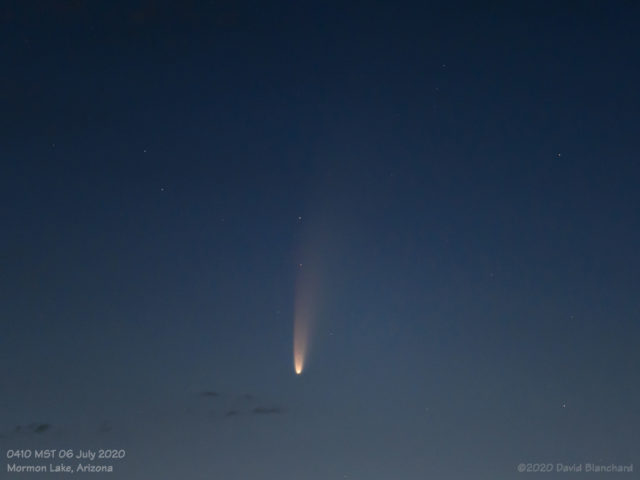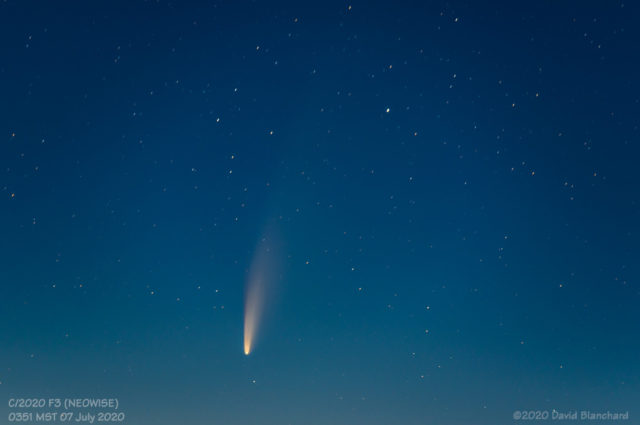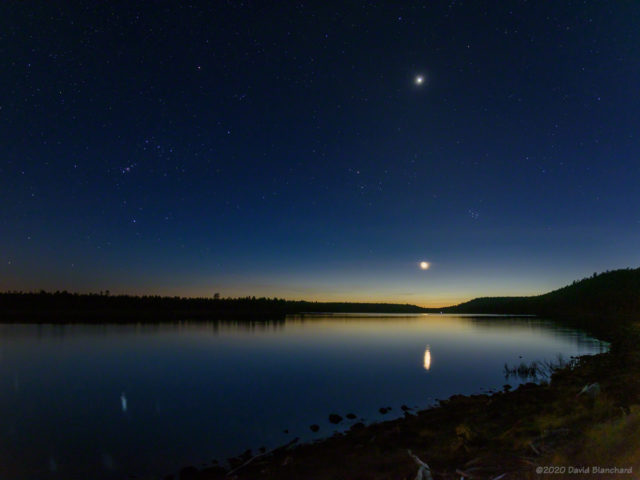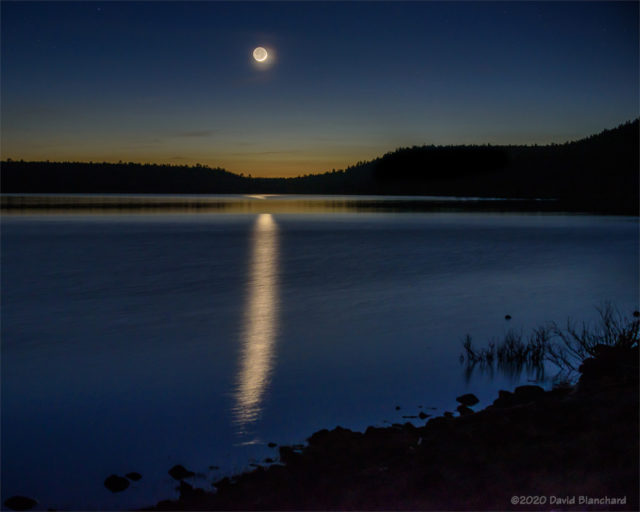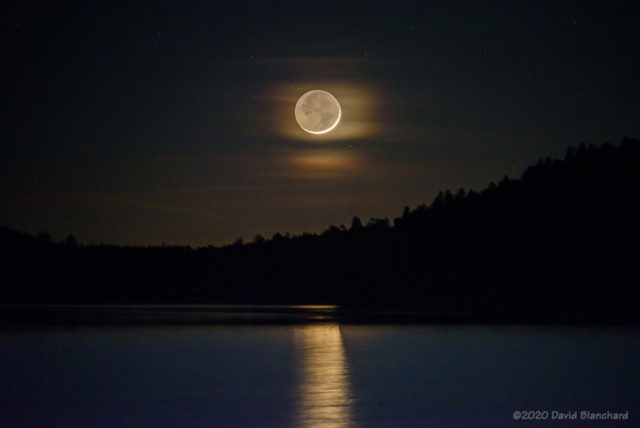Comet C/2022 E3 (ZTF) continues to be a interesting object in the night sky for photography, telescopes, and binoculars. Unfortunately, it never got bright enough to be an easy object for the unaided eye. One could sometimes see it when viewing it from very dark locations without the Moon present–but usually only with averted vision. At its brightest it was reported to have reached magnitude +5. The comet should fade rather rapidly in February and may be as faint as magnitude +8 by the end of the month.
The comet made its closest approach to the sun on 12 January 2023 (1.11 AU; 166 million km) and its closest approach to Earth on 01 February 2023 (0.28 AU; 42 million km). See the included Solar System map that shows the location of the comet relative to Earth or visit TheSkyLive.com for an interactive version.
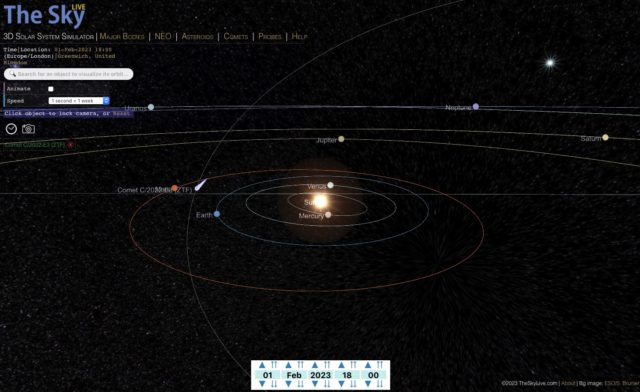
Here are a few of the better images I have been able to capture of the comet over the past few weeks. These have used a variety of lenses but always the same camera, tripod, and star tracker.
These photos were taken on 22 January 2023 using a manual focus Nikon NIKKOR 80-200mm f/4 AI-S zoom lens. This lens has the advantage of having a hard stop at ∞ making it very easy to focus. Image stacking was done using Deep Sky Stacker.
Both of these images of the comet show the tail (pointing up) and the antitail (pointing down). From Wikipedia:
An antitail is an apparent spike projecting from a comet’s coma which seems to go towards the Sun, and thus geometrically opposite to the other tails: the ion tail and the dust tail. However, this phenomenon is an optical illusion that is seen from the Earth…
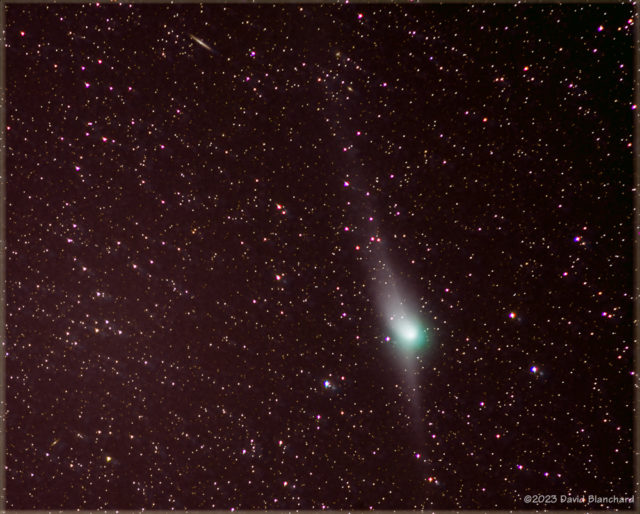
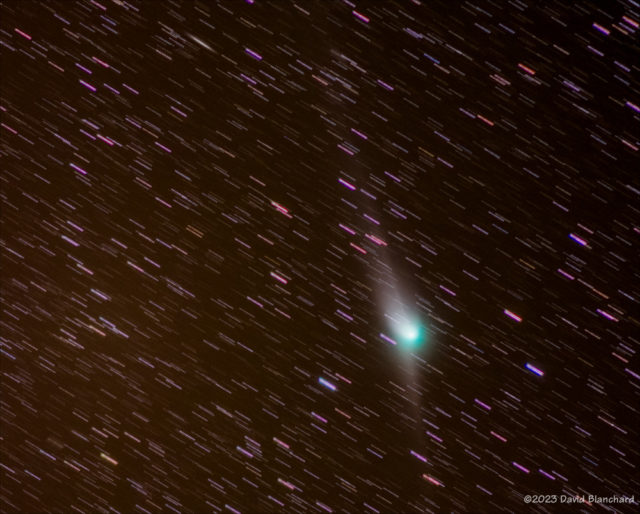
And here is a time-lapse movie of the motion of the comet during the period 0359 through 0435 MST.
Time-lapse video of Comet C/2022 E3 (ZTF) from 0358–0454 MST 22 January 2023.
A few days later I was able to capture both the dust tail and the ion tail. Stacking was done using Deep Sky Stacker. This was shot with the Nikon NIKKOR ED 180mm f/2.8 AI-S manual focus lens.
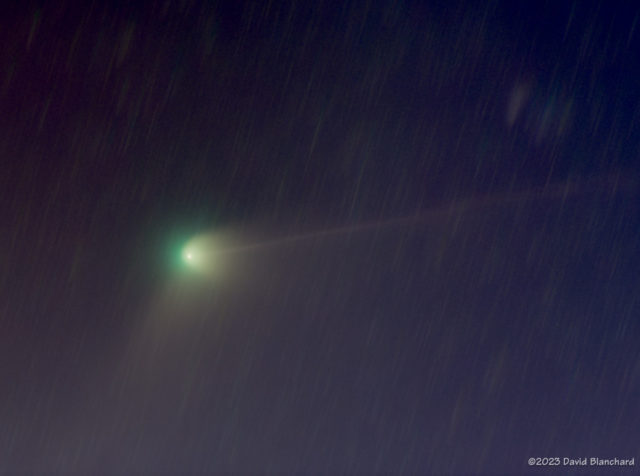
On 10 February the comet appeared near both the planet Mars and the Pleiades star cluster. Also visible are the dark dust lanes of the Taurus Molecular Cloud. Photos shot with Nikon 85mm f/1.8 AF-S G. Stacking was done using Starry Sky Stacker.
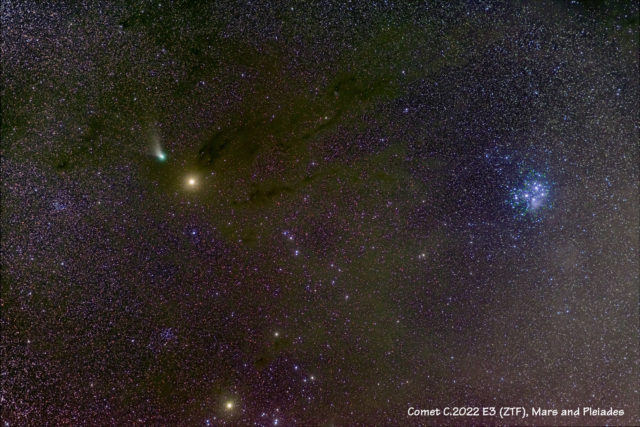
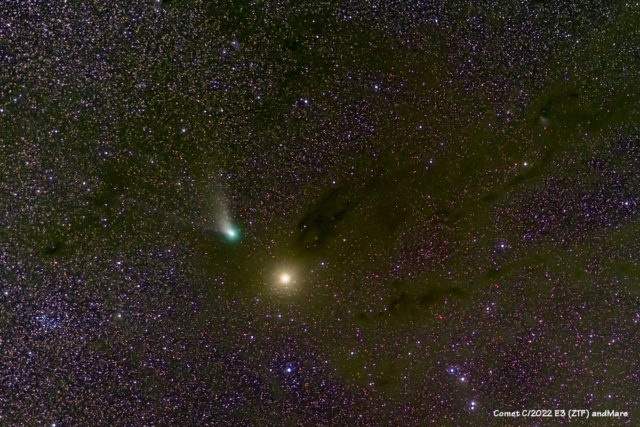
Time-lapse video of Comet C/2022 E3 (ZTF) and Mars from 1926–2029 MST 10 February 2023.
Lastly, a time-lapse video of the motion of the comet also shows a plethora of satellites moving across the sky.
Later this week the comet will pass close to the Hyades star cluster. If skies are clear I’ll be back out shooting more photos of the comet.
Note: Both of the videos incorrectly label the comet ZTH rather than ZTF.
